Welcome to join the team! Operating a film slitting machine is a precise and important job. Don't worry, as long as you follow the safety specifications and operating steps of this guide, you will be able to quickly grasp the essentials.
Stage 1: Awareness and Preparation (Must Read Before Employment)
1. Core Concept Understanding:
• Slitting: The process of dividing a large width of the raw film (mother roll) into multiple small wide film rolls by means of a sharp blade according to the order requirements.
• Winding: The slitted film is neatly and evenly wound onto the paper tube to form a finished film roll.
• Unwinding: A device that fixes and unwinds the original film roll.
• EPC (Edge Position Control): Edge position control system. A key device that automatically detects the edges of the film to ensure that the film does not deviate during the slitting process.
2. Safety First - Absolute Red Line!
• Wear labor protection supplies: Before operation, you must wear work clothes and gloves (to prevent cuts) to prevent hair and clothes from getting caught in the machine, and long hair must be coiled into the hat.
• Lockout Isolation: Any cleaning, commissioning, maintenance, and handling of abnormal conditions must be carried out to cut off the main power supply and ensure that the device cannot be started.
• Be wary of moving parts: It is strictly forbidden to touch dangerous areas such as blades, rollers, and transmission parts while the equipment is in operation.
• Focus on the operation: Stay focused during operation and do not play and chat with others for a long time.
3. Meet your "buddy": the main components of the device
(Please identify on site under the guidance of old employees)
• Unwinding station: the original film installation location.
• Traction roll sets: guide and stretch the film.
• Slitting device: The upper and lower cutterheads (circular blades), which are the core of slitting.
• Winding station: Install paper tubes to wind up the finished product.
• EPC sensors and guiding mechanisms: There is usually a display that shows the edge position.
• Operator Panel (HMI): Human-machine interface, setting parameters and start-stop equipment.
• Tension control system: control the tensile force of unwinding, pulling and rewinding to ensure that the film is flat and not wrinkled.
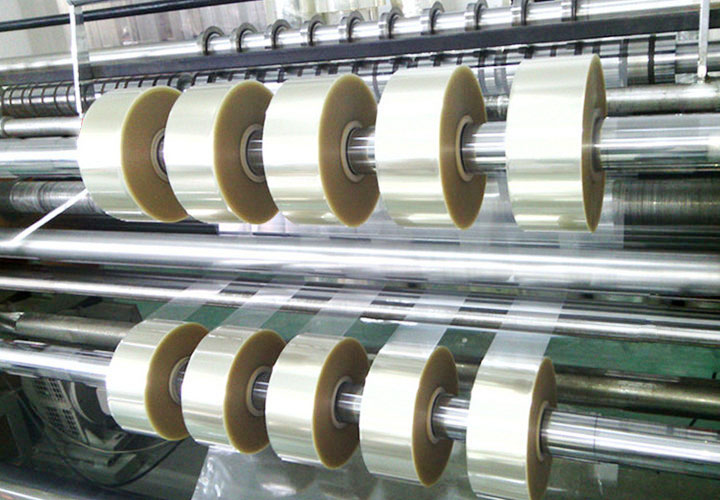
Phase 2: Standard Operating Procedures (SOPs)
1. Pre-operation
• Check the work order: Read the production work order carefully to confirm the requirements such as the original film model, specifications, slitting width, length, and winding direction.
• Material preparation: Prepare raw film rolls and paper tubes that meet the specifications, and check whether the paper tubes are flat and free of depressions.
• Equipment Inspection:
◦ Check whether the parts of the equipment are in good condition, clean the surface of the machine and each roller (with alcohol and dust-free cloth if necessary).
◦ Check whether the blade is sharp, whether the installation is correct, and whether the gap is appropriate (the initial adjustment is made by the master, and you are responsible for observing and learning).
◦ Check whether the air source pressure is normal.
• Loading: Use a truck or forklift to safely lift the film to the unwinding station and secure it securely.
2. Threading & Setup
• Manual film threading: According to the equipment guidance path, the film head is manually passed through each guide roller, EPC sensor, and slitting knife, and finally fixed on the reeling paper tube. This process requires special care to prevent scratches or creases of the film.
• Parameter Setup: Enter the ticket parameters on the Operator Panel (HMI):
◦ Slitting width: Be sure to double-check, this is the most important parameter.
◦ Reel Length/Diameter: Set the size of the final finished roll.
◦ Tension parameters: usually preset by the master, novices should not change them at will. If the tension is too large, the film is easy to wrinkle, and if it is too small, it will not be tightly wound.
◦ Speed: A low speed is recommended for the initial boot.

3. Operation
• Start: After all preparations are completed, honk or loudly remind the surrounding personnel to "start the device".
• Slow start: Press the slow start button to observe the operating status of the film.
• Adjustment and Monitoring:
◦ Observe EPC: Ensure that the film edges are stable and there is no continuous deviation.
◦ Observe the quality of the slitting: Check that the slitting edges are smooth and free of burrs.
◦ Observe the winding: Check whether the winding is neat, the surface is flat, there are no convex ribs, and there are no wrinkles.
◦ Listen for abnormal noises: Whether there are abnormal sounds when the device is running.
• Speed up production: When everything is in order, gradually increase the speed to the required range.
4. Splicing & Unloading
• Feeding: When the original film is about to run out, use an automatic receiving machine or manually to connect the new film with the old film. This is a highly technical step and requires multiple observations of the master's operation.
• Unloading: When the winding reaches the set length, the equipment automatically stops. Remove the finished film roll and handle it gently to avoid bumps. Label it immediately, indicating the specifications, length, operator, and other information.
5. Shutdown
• Record data: Fill in the production record form (work order number, meters, width, shift, abnormal conditions, etc.).
• Clean the site: clean up the surrounding sanitation of the equipment and return the tools and leftovers to their places.
• Handover: Clearly handover equipment status and production status to the next shift operator.
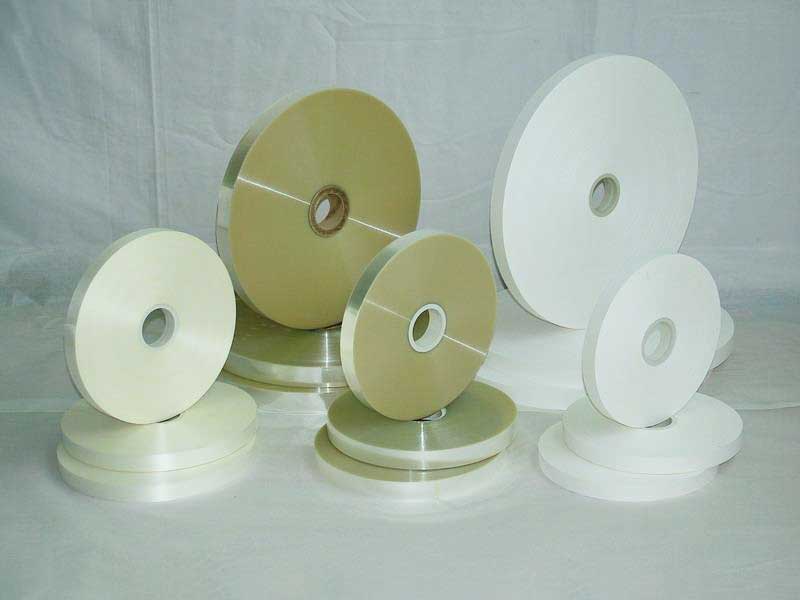
Stage 3: Quick Getting Started Tips & FAQs
Advice for newbies:
1. Look at the six ways and listen to all directions: Observe the master's operation details and how to deal with problems.
2. Be bold and careful: Don't be afraid when operating, but be extremely careful, and check twice after setting parameters every time.
3. Take notes diligently: Record the typical tension, velocity, and other parameters of different films (such as PET, CPP, BOPP, aluminum foil).
4. From "knowing how to operate" to "understanding the principle": When you don't understand why this tension is set, take the initiative to ask the teacher to understand the principle behind the parameters and progress faster.
FAQ Quick Checklist:
| Problem phenomenon | Possible causes | Solution ideas |
| Untidy closing (edge slipping) | 1. EPC is not open or fails 2. The paper tube is not straight or does not match the chuck head 3. The tension of the film is uneven on the left and right 4. The path through the film is skewed | 1. Check and calibrate the EPC 2. Replace the qualified paper tube and tighten the chuck 3. Ask the master to adjust the tension 4. Re-thread the film correctly |
| There are burrs on the slitting edges | 1. The blade is not sharp 2. The gap or overlap between the upper and lower knives is not suitable 3. The slitting speed is too fast | 1. Replace or sharpen the blade 2. Ask the master to adjust the knife pitch (very critical) 3. Reduce the speed appropriately |
| There are scratches on the surface of the film | 1. There are foreign objects or damage on the guide rollers 2. When the film is threaded, it rubs against the sharp points of the equipment | 1. Stop the machine to clean or replace the guide rollers 2. Check and process the through-film path |
| There are convex ribs on the surface of the winding | 1. Excessive winding tension 2. Uneven film thickness 3. Uneven pressure of the roller | 1. Appropriately reduce the winding tension 2. Feedback the incoming material problem 3. Check the status of the pressing roller |
| The film wrinkles during operation | 1. The tension of each section is unreasonable 2. The roller shaft is not parallel 3. The film is damp | 1. Ask the master to adjust the tension matching 2. Feedback to the maintenance personnel for inspection 3. Pay attention to the humidity in the workshop |
Summary:
Tips for getting started quickly = 100% safety awareness + strict follow-up to SOPs + more questions, more remembers, more observations + active hands-on practice.
Remember, every master is a novice. Be patient and attentive, and you'll be an independent and qualified slitting machine operator in no time! Good luck with your work!
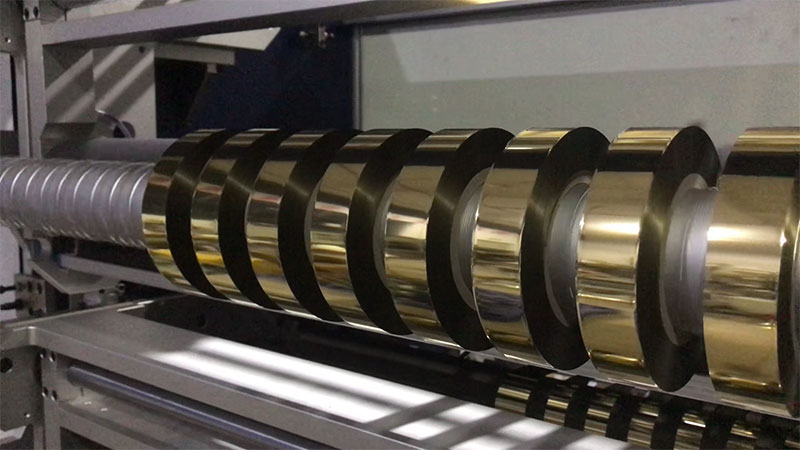 Hot stamping film slitting machine operation guide: from beginner to mastery
Hot stamping film slitting machine operation guide: from beginner to mastery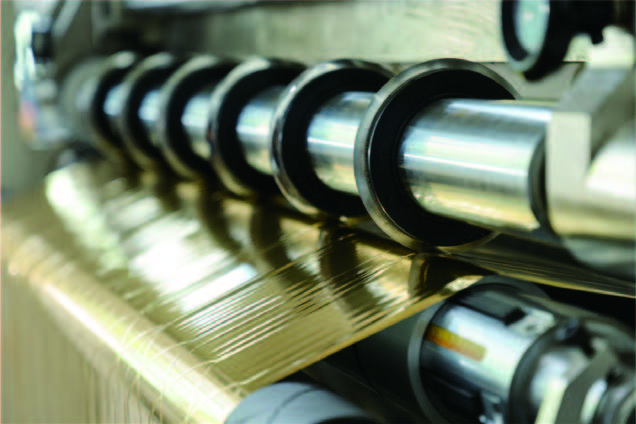 5 issues that must be considered before buying a hot stamping film slitting machine
5 issues that must be considered before buying a hot stamping film slitting machine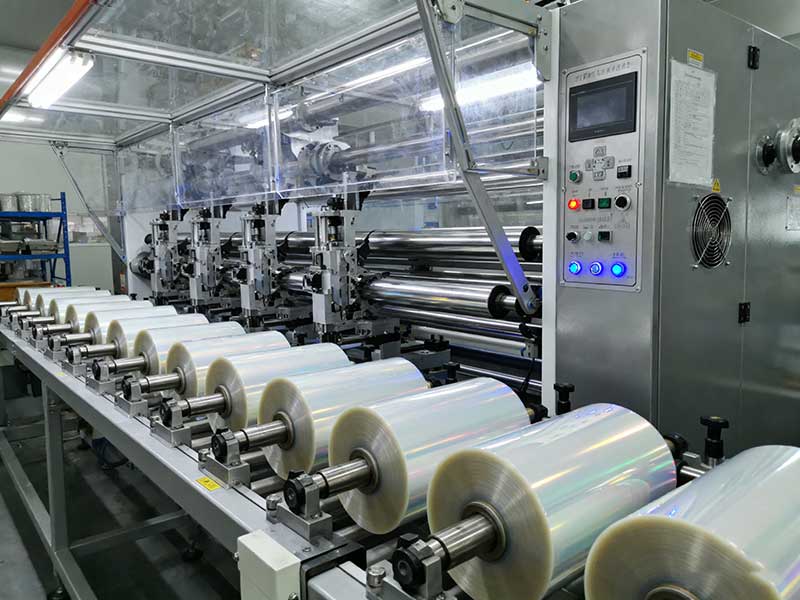 Full analysis of film slitting machine operation: the complete process from start-up to maintenance
Full analysis of film slitting machine operation: the complete process from start-up to maintenance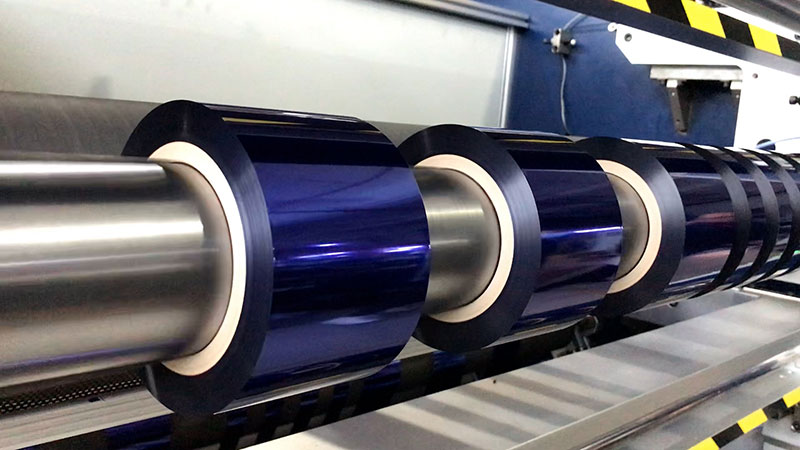 How to choose a hot stamping film slitting machine? Full analysis of key parameters
How to choose a hot stamping film slitting machine? Full analysis of key parameters Innovation in ease of operation: intelligent control design of the new generation of film slitting machines
Innovation in ease of operation: intelligent control design of the new generation of film slitting machines